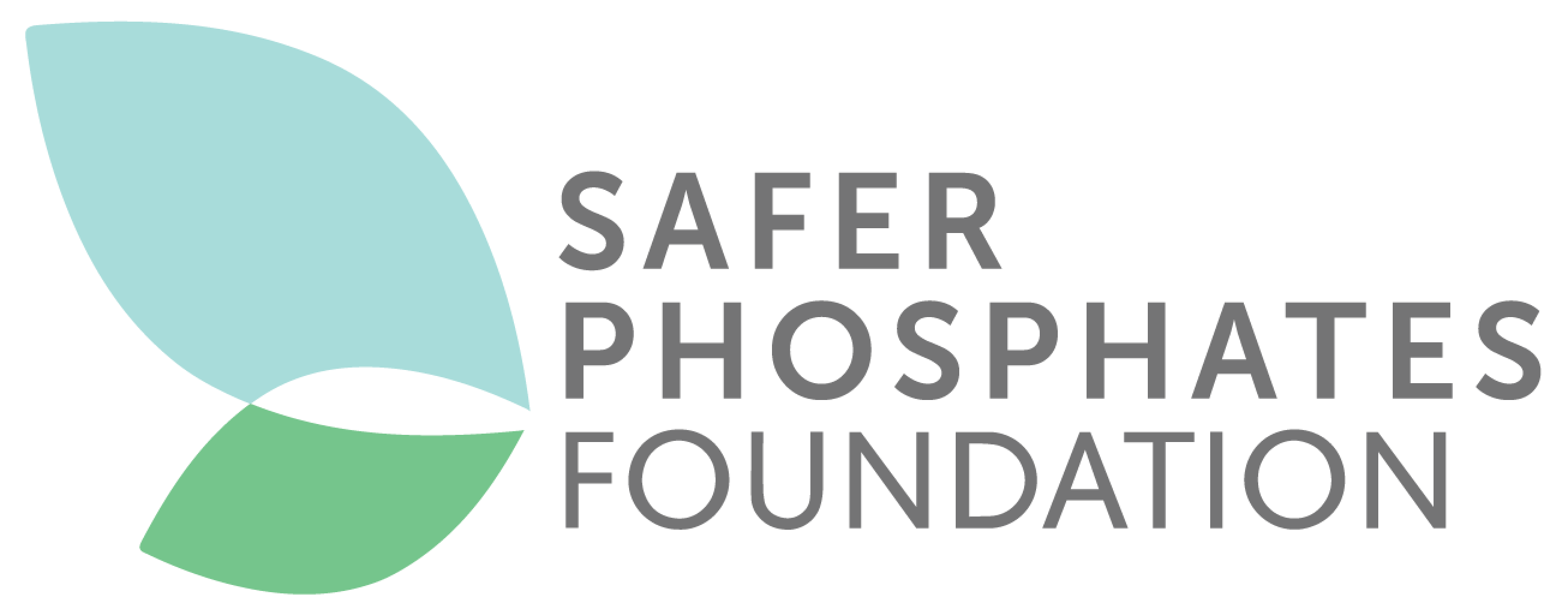The EU's main objective is to be climate neutral by 2050 through, among other initiatives, a sustainable agriculture system that meets today's needs for food and textiles without compromising the ability of future generations to meet their own needs. To achieve this goal, a joint effort, as well as action by all actors and sectors of our economy, industry and society, is required to preserve biodiversity and "make food systems fair, healthy and environmentally friendly" as stated in the Farm to Fork Strategy.
In this context, it seems particularly relevant to look at new scientific findings on environmental pollution, including recent research led by scientists at the University of Xi'an Jiaotong-Liverpool. With the unequivocal title "Global accumulation of cadmium in soybeans and feasibility of food production on contaminated limestone soils", the researchers conclude that high toxins (such as cadmium) in soybeans pose a significant threat to Asian residents and more than one billion vegetarians worldwide.
)
In Europe, vegetarians are estimated to represent around 10% of the population. The number of vegetarians continues to grow, however, with Germany and Sweden leading the ranking of European countries, where the percentages of vegetarians and vegans are higher than elsewhere in Europe. In fact, according to the survey, sales of alternative meat products have seen exponential growth in the last five years across the entire European market.
Soybean (Glycine max L.) is the primary source of many plant-based foods, such as tofu, soymilk and soy sauce, which are extensively consumed by Asian residents and vegetarians across the world. Because of this, the issue of toxins in soy-based food has attracted great levels of concern. As we have noted before, cadmium, which is toxic to humans, is one of the main contaminants in agricultural land and can be readily translocated in excessive amounts to most crops. Elevated cadmium levels in agricultural lands, due to mining/smelting activities, sources of emission and the use of fertilisers, put food crops such as soybean at high risk of contamination.
Therefore, soybean grains tend to accumulate high levels of cadmium even from unpolluted soils, and as such, become one of the food items that contribute most to dietary intake of cadmium.
An integrated dataset of toxic trace metals, including cadmium (Cd) analysis, in soybean grain samples (n = 5217) from 12 countries/regions of origin was compiled for risk analysis. Worldwide levels of grain Cd averaged 0.093 mg kg-1, but mean values varied between regions, with South China (0.32 mg kg-1) > Argentina (0.15 mg kg-1) = German (0.13 mg kg-1) > Japan (0.11 mg kg-1) > the United States (0.064 mg kg-1) > Central-North China (0.020-0.60 mg kg-1) ≥ Iran (0.042 mg kg-1) = Brazil (0.023 mg kg-1) = South Korea (0.020 mg kg-1).
Thus, regression analysis suggests widespread contamination and acidic soil features significantly contributed to elevated cadmium contamination in food worldwide.
It is for this reason that the European Union must take a stand and act without delay to ensure that heavy metals, and in particular cadmium, have a limited presence in agricultural crops.
By February, the European Parliament AGRI & ENVI Committees will have to table amendments to the joint report on the Farm to Fork Strategy, previously announced by the European Commission as the cornerstone of future-oriented agriculture. This represents a key step towards a European agricultural system that is more respectful of human health, the environment and biodiversity.
Reference
Zhang, S., Song, J., Wu, L., & Chen, Z. (2020). Worldwide cadmium accumulation in soybean grains and feasibility of food production on contaminated calcareous soils. Environmental Pollution, 269, 116153. https://doi.org/10.1016/j.envpol.2020.116153

